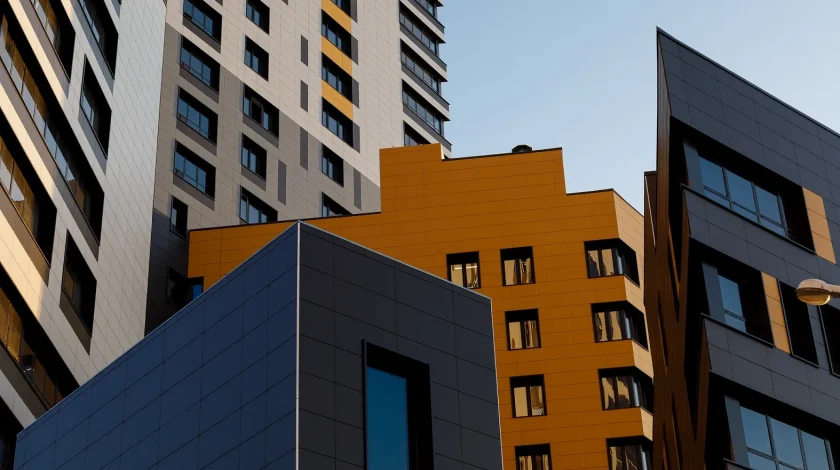The Federal Government (the Government) has announced several significant changes in its Mid-Year Economic and Fiscal Outlook report, released on 13 December 2023.
The Government has announced changes to the Foreign Resident Capital Gains Withholding regime (FRCGW). Of note, the FRCGW tax rate will be increased from 12.5% to 15% and the withholding threshold will be reduced from $750,000 to $0, for real property disposals entered into from 1 January 2025.
The current FRCGW regime
The FRCGW tax has been imposed since 1 July 2016. It is applied to foreign resident vendors who dispose of certain taxable property, including taxable real property with a value of $750,000 or more, and other assets such as indirect Australian real property interests in Australian entities. The regime is intended to ensure the Australian Taxation Office (ATO) can collect the correct amount of foreign residents’ Australian tax liabilities. If there are multiple vendors in a sale, only one is required to be a foreign resident for the FRCGW regime to apply.
Currently, the regime obliges purchasers to withhold 12.5% of the purchase price of the property from the vendor, and instead remit that to the ATO.
Purchasers of real property are required to pay the FRCGW tax amount to the ATO if, at the time of the purchase, they know or reasonably believe that the vendor is a foreign resident.
However, the purchaser does not have to withhold the 12.5% from the purchaser if the vendor gives them a declaration, in writing, which declares that they are an Australian resident, and the purchaser does not know this declaration to be false.
Similarly, a declaration can be given that the CGT assets are membership interests but not indirect Australian real property interests.
CGT assets which are membership interests are indirect Australian real property interests if the sum of the membership interests held in the entity is at least 10% of that entity, and the market value of that entity’s taxable Australian real property exceeds the market value of their assets which are not taxable Australian real property.
This declaration is only valid for a period of 6 months.
For an Australian vendor selling real property, they can also avoid the 12.5% from being withheld from them by providing the purchaser with, before settlement, a clearance certificate obtained from the ATO. This clearance certificate certifies from the Commissioner that, based on the information before them, there is nothing to suggest the vendor is a foreign resident.
If an Australian vendor has failed to obtain a clearance certificate before settlement, they need to claim a credit for the amount withheld in their next income tax return.
Foreign resident vendors can apply for a variation of the withholding rate. This can be reduced all the way to nil in certain circumstances – for example if they expect to make a capital loss on the sale of the property.
Changes to the FRCGW regime
For contracts for the sale of real property entered into from 1 January 2025, the withholding rate required by purchasers from the purchase price will increase from 12.5% to 15%.
The threshold for the regime will now decrease to nil, no longer only applying to real property valued at $750,000 or more.
The Government intends for this measure to improve housing affordability for Australians, and to ensure better compliance with Australian tax obligations for foreign residents.
The measure is estimated to increase Government’s receipts by $150.5 million, and increase payments by $5.9 million over the five years from 2022-23.
An example
Victor is a foreign resident, who is selling a commercial property with a cost base of $1 million. Victor expects to make a capital loss on the sale.
Victor applies to the Commissioner for a variation. The Commissioner issues a variation notice to Victor stating that the amount payable, to the Commissioner, by a purchaser of Victor’s property is reduced to nil. The variation is subject to the condition that the purchase price for the property doesn’t exceed $1 million.
Later, Paul agrees to purchase the property from Victor for $900,000. Victor provides a copy of the variation notice to Paul. The variation takes effect and Paul’s liability to the Commissioner is reduced to nil.
If Paul wasn’t provided with a variation notice, he would be required to pay 12.5% ($125,000) of the purchase price to the ATO under the current regime. Under the new regime he would have to pay 15% ($150,000), to the ATO. These amounts are withheld from Victor as the seller.
The key takeaway
The changes announced by the Government could have significant financial consequences for foreign residents selling property in Australia. Whilst 2.5% doesn’t sound significant, with rising housing prices, even 2.5% of a $2 million property will mean vendors are losing out on a further $50,000. For a $700,000 property the effect is even worse, as vendors will now miss out on $105,000 of the sale price, compared to 0% of the sale price before.
For more information in what these changes will mean moving forward, please contact Coleman Greig’s experienced Taxation Law team.














